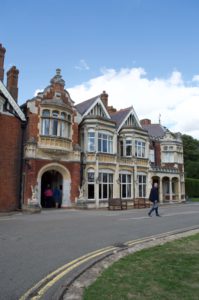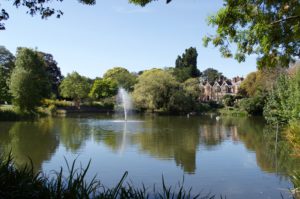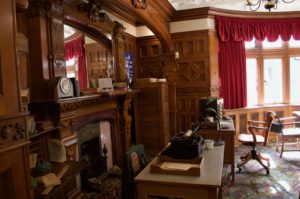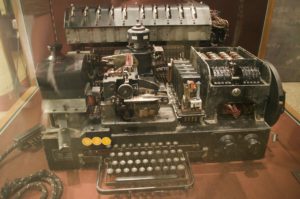Bletchley Park
Background of Bletchley Park

Our Visit to Bletchley Park



Had you been to Bletchley Park? What did you think of it? Tell me in the comments below.
Bibliography
- 1. Bletchley Park, 'About Bletchley Park', https://bletchleypark.org.uk/about-us/about-bletchley-park, Accessed 30 March 2019.
- 2. Bletchley Park, 'Storm Clouds Gather', https://bletchleypark.org.uk/our-story/why-it-matters/storm-clouds-gather, Accessed 30 March 2019.
- 3. Bletchley Park, 'Cottage Industry', https://bletchleypark.org.uk/our-story/why-it-matters/cottage-industry, Accessed 30 March 2019.
- 4. Anglotopia, 'Great British Houses: Bletchley Park - The House that Helped Save Britain in World War II - Where Enigma Was Decoded', https://www.anglotopia.net/british-history/great-british-houses-bletchley-park-house-saved-britain-world-war-ii/4, Accessed 30 March 2019.

Leave a Reply